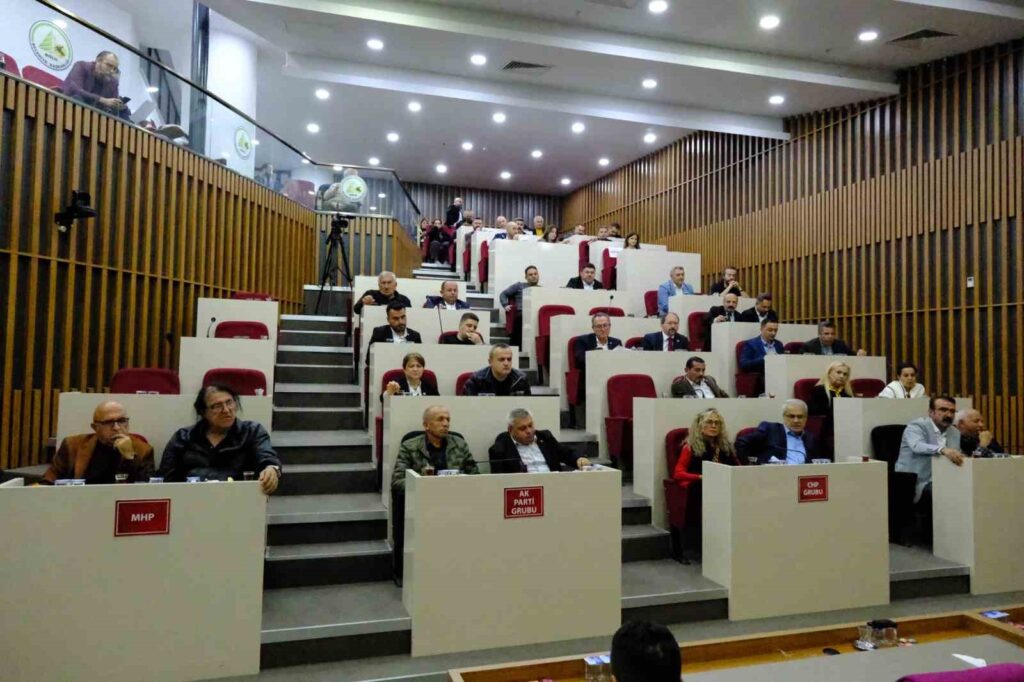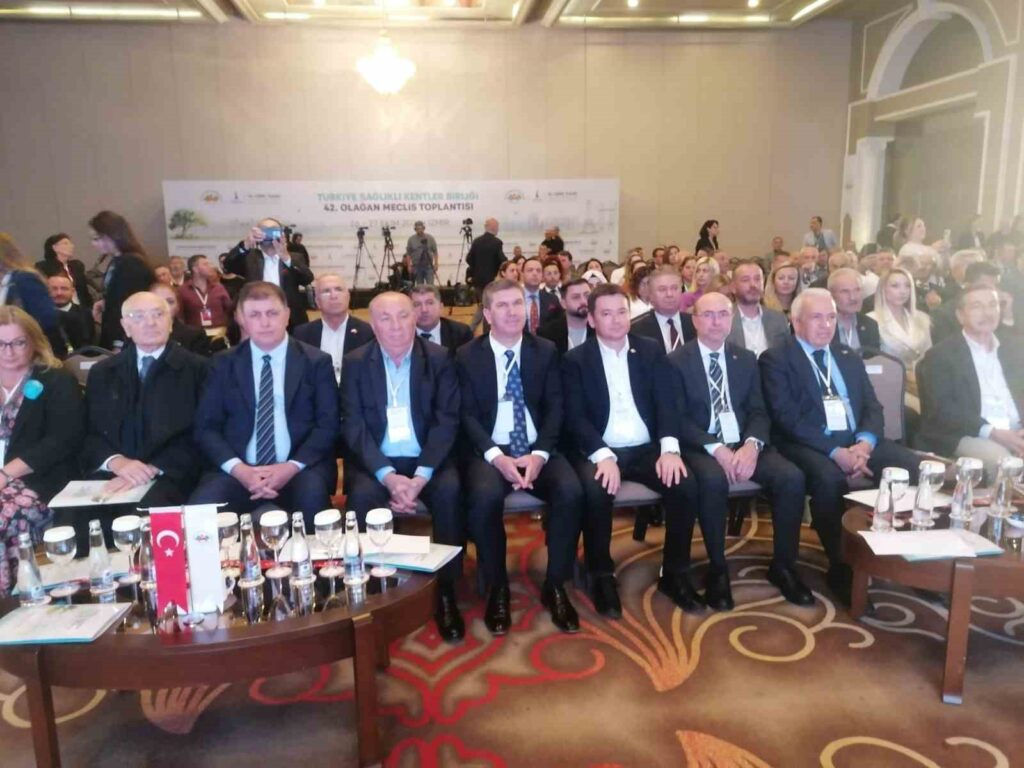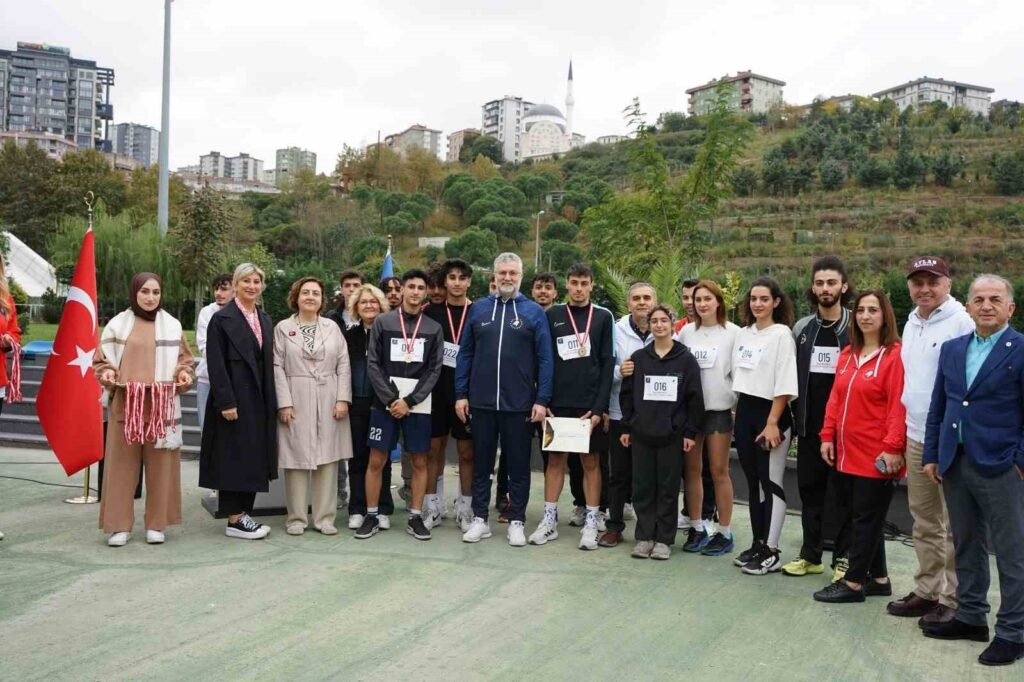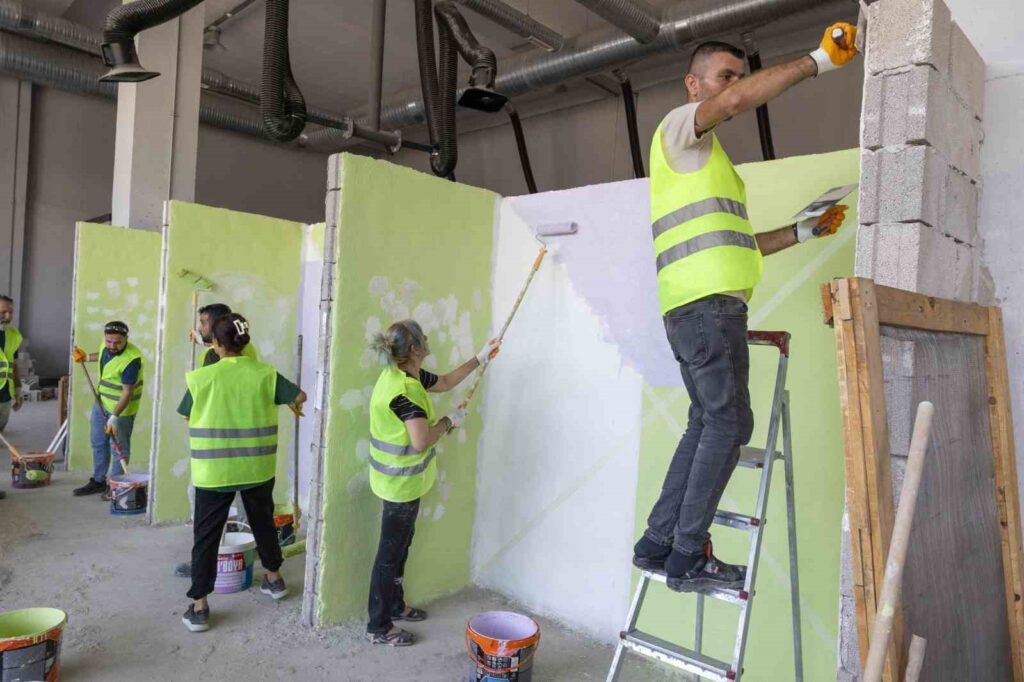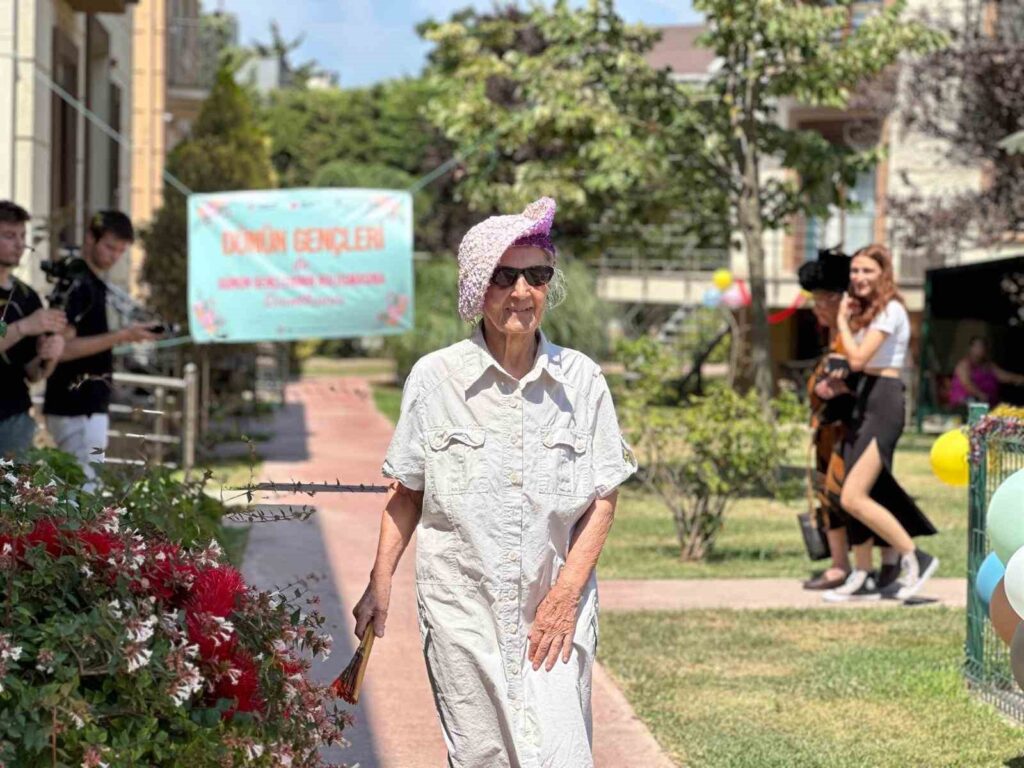The ‘criticism’ was discussed in the Litros Art Conversations program.
Turkey’s digital culture and arts newspaper, Litros Sanat, addressed the question ‘Is our art open to discussion?’ on its cover during the ‘Litros Sanat Conversations’ program. Art historian Hakan Yılmaz, who spoke on the program, stated, ‘Criticism has a place in our culture…
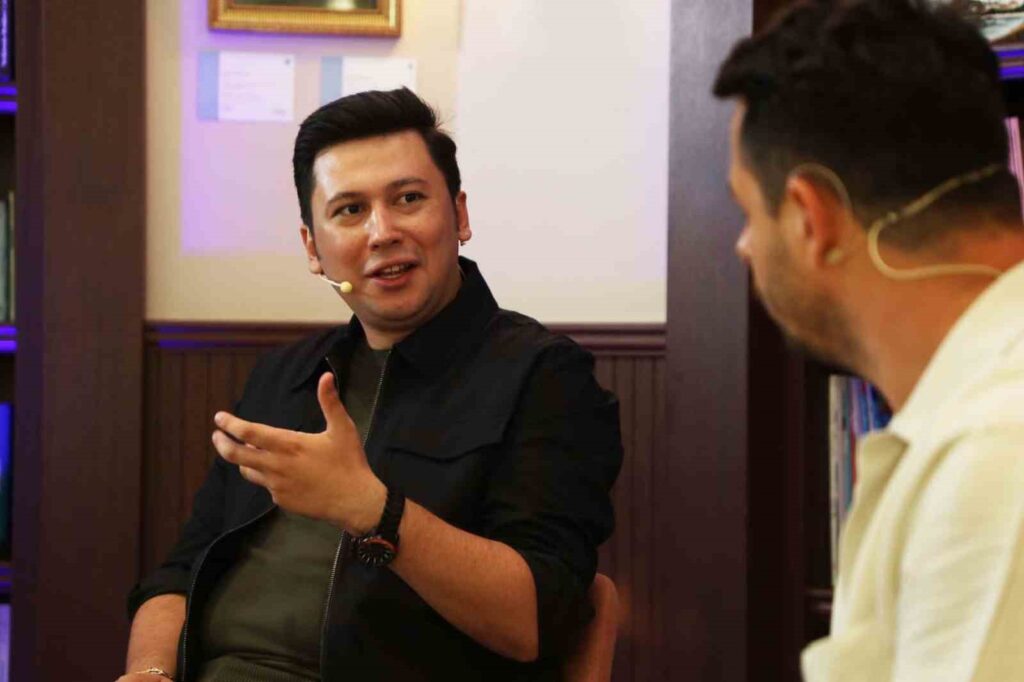
Turkey’s digital culture and arts newspaper Litros Sanat addressed the question “Is our art open to discussion?” on its cover in the “Litros Sanat Conversations” program. Art historian Hakan Yılmaz, speaking in the program, stated, “Criticism seems to be close to the concept of disparagement in our culture, but this is not the case abroad. In our culture, art criticism is perceived negatively.”
Litros Sanat, which was launched by the Esenler Municipality, discussed the topic covered in its 83rd issue in the “Litros Sanat Conversations” program. The program, held at the Taksim Mosque Cultural Arts Center, featured ARTTV Editor-in-Chief Özge Kahraman and art historian Hakan Yılmaz as speakers. The program was moderated by journalist Ali Demirtaş, who authored the report. The program addressing the issue of art criticism in Turkey will also be available to viewers on City Screen TV.
“The side effect created by the word is not well received in our culture”
Hakan Yılmaz, the art historian speaking at the program, remarked, “Criticism fundamentally seems close to the concept of disparagement. It is close to disparagement in our culture, but it is not the same globally. Globally, it is perceived more as an evaluation axis. Due to the side effect created by the word, it is not well received in our culture. When we look at how an artwork can be criticized, two types of criticism can be made. Firstly, you can criticize the artist according to the work, or you can criticize the work according to the artist. In other words, chronologically, you can evaluate the work based on the artist’s previous history. Or you can evaluate the artist’s career through this entire narrative. All of these are not discussed alongside the artist. The artist cannot benefit from these criticisms because they do not hear them,” he expressed.
“Artists perceive it personally”
Özge Kahraman, the Editor-in-Chief of ARTTV, noted that criticism is generally perceived negatively and personally in Turkey, stating, “Since artists perceive criticisms personally, it takes on a dimension that harms them rather than contributing to them. Currently, we have not made much progress because art criticism is perceived negatively in Turkey. When an audience member comments on the works, they express their personal opinion. If that person has not received art education or is not an art historian, they are likely interpreting it with their own aesthetic perspective. I also paint caves. Caves are dark and places where very few people enter. While painting caves, I want to depict them in their own state without including any plants, animals, or humans. One of the comments I hear from people when I talk about my works at fairs or exhibitions is, “I wish there were human figures here,” or “It’s too dark; I could never enter,” or “If I hung this on my wall, I could never look at it.” These are very personal and negative criticisms. However, if those negative criticisms are made in good faith, I have seen them as contributions to myself.”


